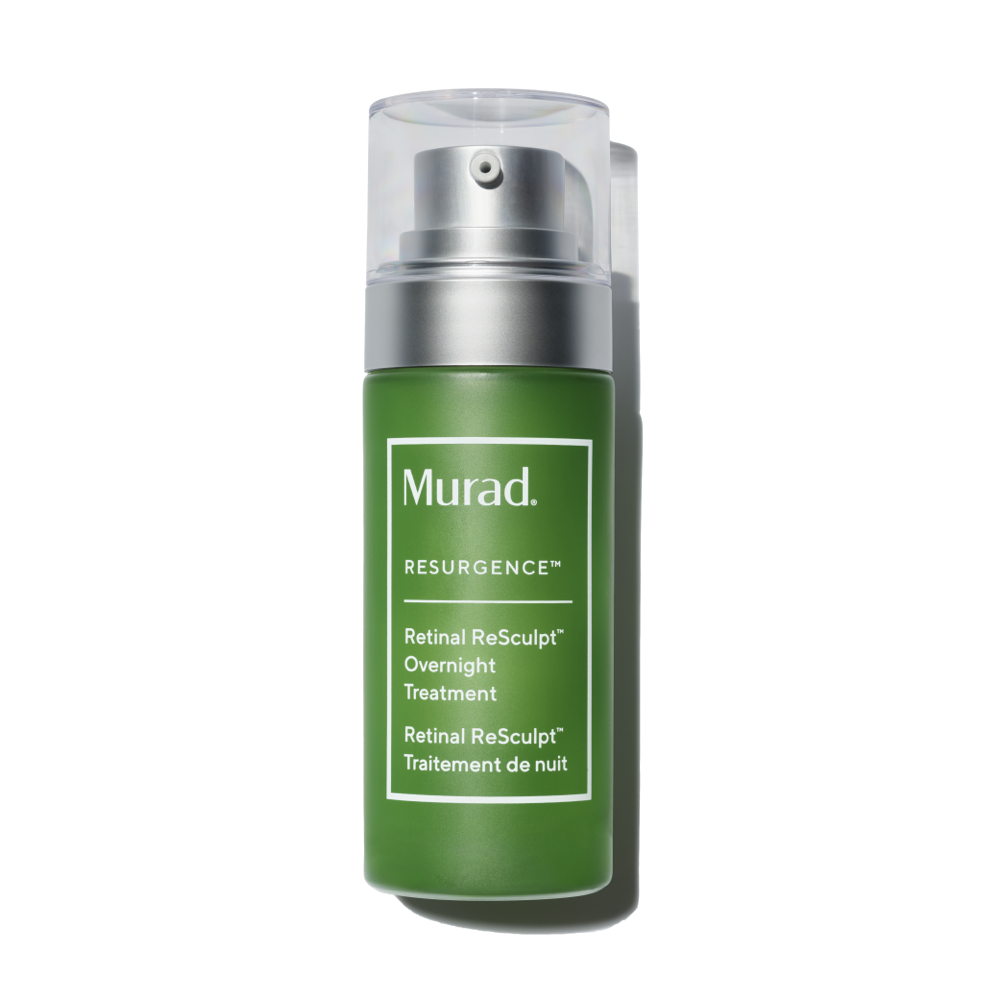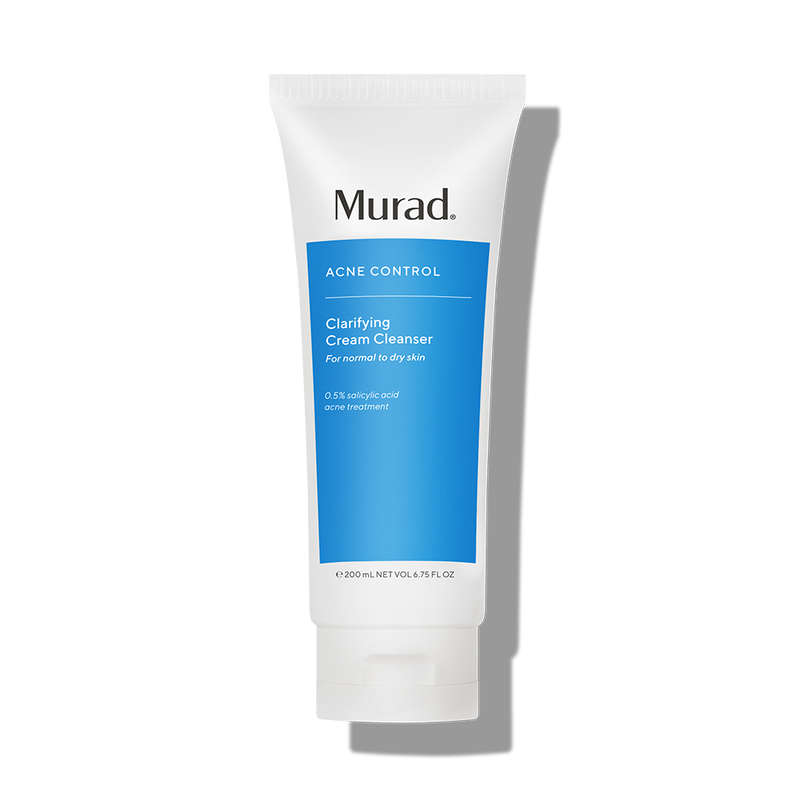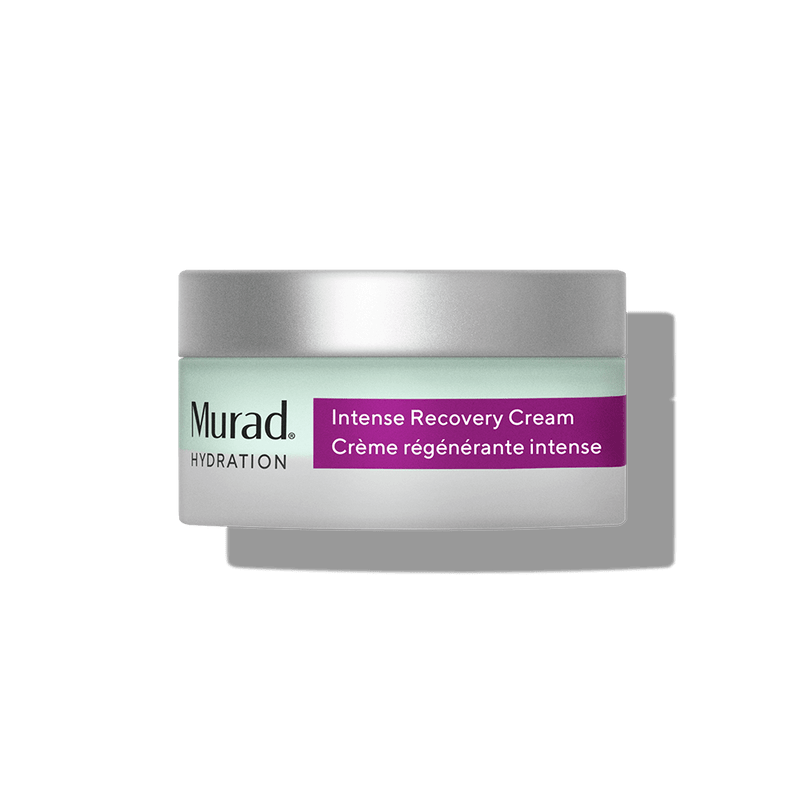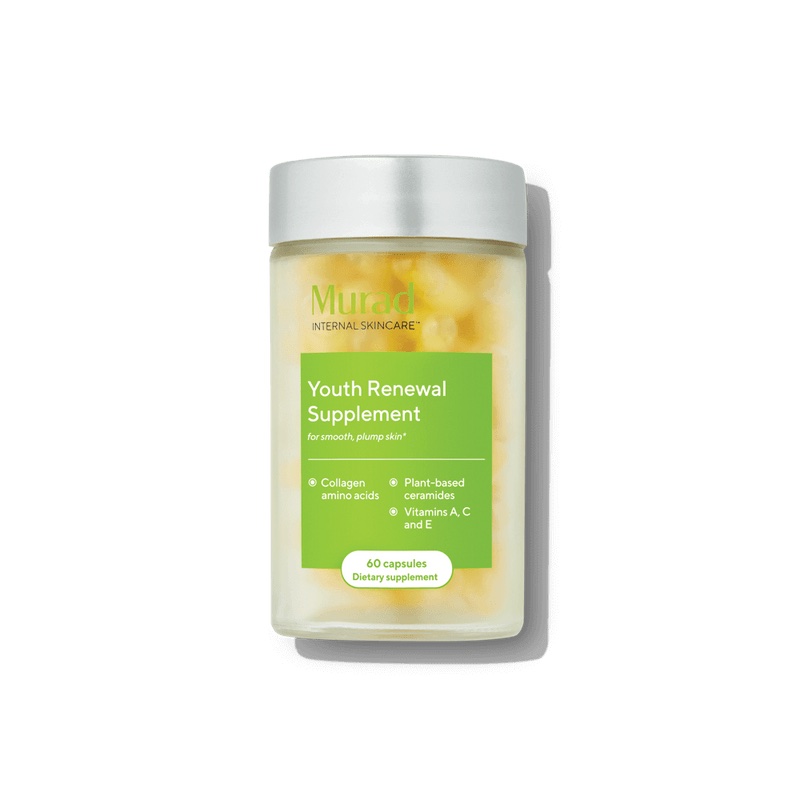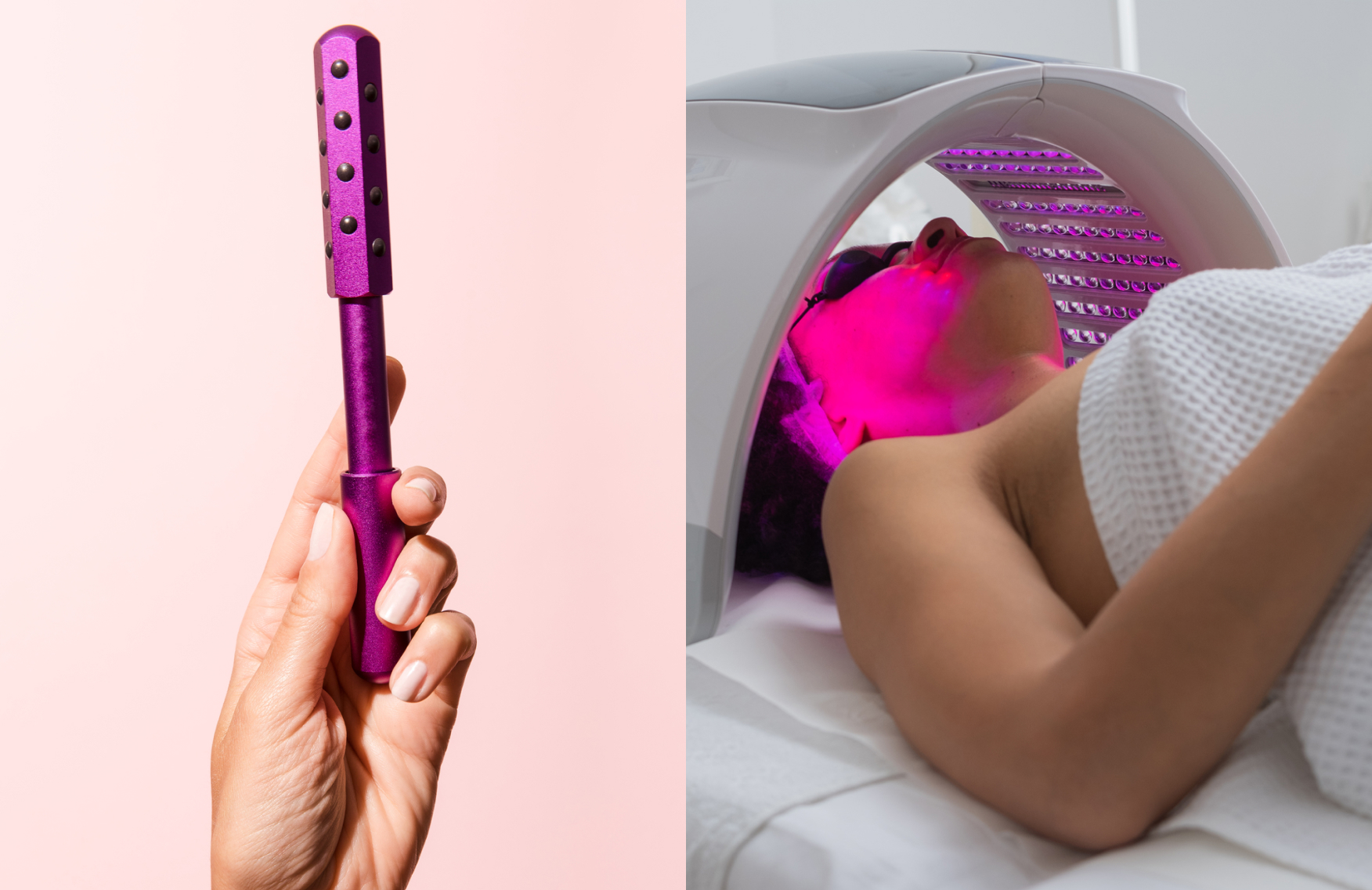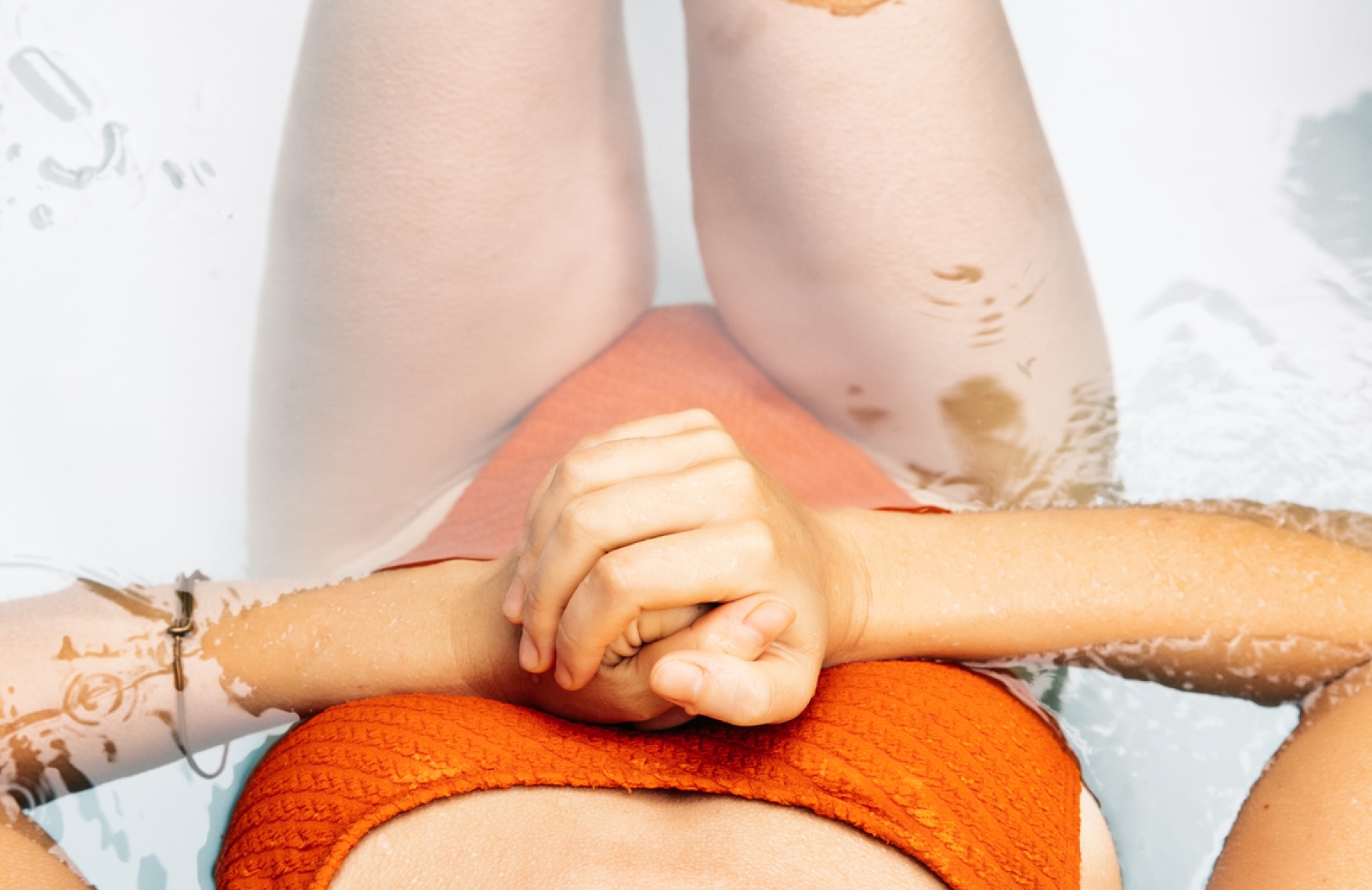Menopause messing with your skin? Here’s how to deal
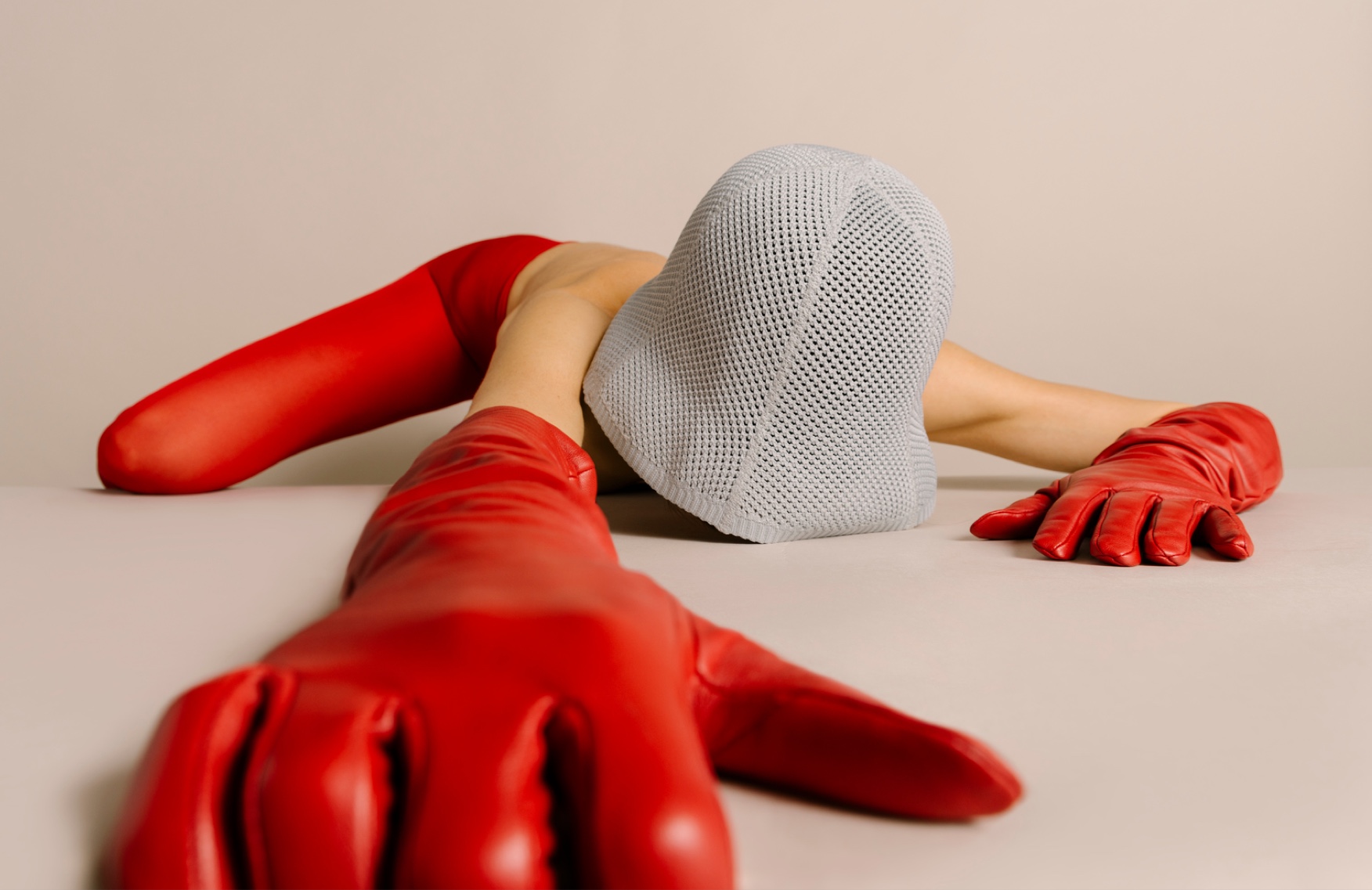
Hot flashes, night sweats, sleep issues, mood changes, irregular periods—menopause can bring on a slew of changes to a woman’s body, including the skin. When you reach this major life stage, which typically begins between the ages of 45 and 55, you might notice a drastic difference in the way that your skin was in your younger years. The good news? Once you understand what to expect, you’ll be able to navigate the change with ease.
Why does our skin change during menopause?
Every woman’s menopause experience is different, but the reason for these skin changes is all the same. “During perimenopause, the ovaries slow down hormone production, leading to a gradual decrease in estrogen levels. Once in menopause, the ovaries make very little estrogen,” explains Dr. Stephanie Hack, MD and Host of Lady Parts Doctor Podcast. “The body then adjusts to the change in hormone levels, leading to multiple changes in our bodies. Estrogen helps stimulate collagen, elastin and hyaluronic acid, which help keep the skin plump and firm.
What are some skin changes to expect?
Dr. Angela Lamb, MD, a board-certified dermatologist at Mount Sinai in New York City, says that the slowed-down production of estrogen and progesterone causes skin to become dry or less plump, as estrogen helps the skin produce oil and hold onto water.
Sagging skin, as well as the appearance of jowls, wrinkles and fine lines start to become more visible. “During the first few years of menopause, women can lose up to 30 percent of their collagen, which keeps our skin from sagging and helps to give a plump and youthful look,” Dr. Lamb says.
We also begin to lose elastin, which is a protein that helps give skin that “bounce” it has in younger years. A study showed that in early postmenopausal women, skin elasticity can decrease by 1.5 percent per year. That loss of elasticity is what makes skin thinner, less firm and more susceptible to damage, wrinkles and dullness.
But that’s (unfortunately) not all. Other skin changes can include itchiness, wrinkles, age spots, bruising easily, unwanted facial hair, hair loss, sagging skin, rashes and easily irritated skin and even acne.
How to deal with it
Thankfully, there are a few things you can do to help combat menopausal skin changes. “Hydration is important,” Dr. Lamb says. “It’s possible that your face and body will feel drier than usual so make sure to drink water, get enough sleep, and try to limit your alcohol, caffeine and processed and greasy foods.”
You’ll also want to give your skincare routine a refresh for this new life stage. To protect against age spots and other signs of sun damage, Dr. Lamb advises to continue to wear SPF daily, and to use a cleanser that has salicylic acid to help to prevent hormonal acne. For wrinkles and sagging, you can turn to a retinal treatment to lift the neck, treat jowl sagging and smooth deep wrinkles.
The views expressed in this article do not necessarily represent the views of Murad, and are for informational purposes only, even if the advice of physicians and medical practitioners are included. This article is not a substitute for professional medical advice, diagnosis or treatment, and should not be considered specific medical advice.
References for this information:
American Academy of Dermatology Association Website, Everyday Care
Science Direct Website, Elastin
Dermatoendocrinology, 2013, volume 5, issue 2, pages 264–270
